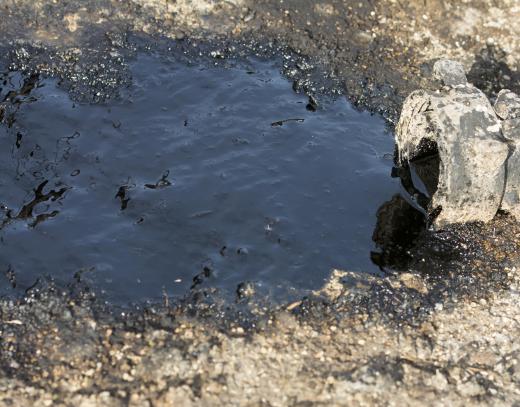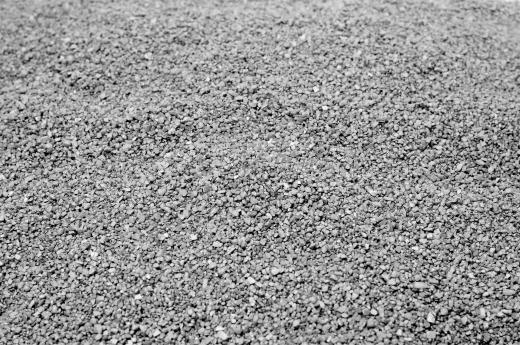Pipe laying is the process by which long sections of pipe are installed and aligned so that they can be welded together. Pipelines may be put in above ground, below ground, and under water. This process is typically performed by professional construction workers who are specifically trained to lay pipe.
Many industries use pipeline as a means of transporting various materials, such as oil, water, natural gas, and city sewage. Oil companies use vast amounts of pipeline to carry crude oil up from the original well source and into storage containers. These sections of pipe must withstand weather stress and significant amounts of pressure, as they are often located miles beneath the ground or ocean.
In-ground pipes are usually installed in square trenches. The width and depth of the trench will often depend on the size of the pipe. Pipes are chosen based on the substance they will carry and may be made of steel or iron.

Once the pipe is placed in the trench, it is often covered with a certain amount of backfill material. The trench may be filled to half the height of the pipe or the pipe may be covered entirely. Loose topsoil, sand, gravel, and fine stone may comprise the backfill mixture used to cover the pipe.
Pipe laying underwater is generally much more difficult than that done above ground. This type of construction involves highly trained contractors and specialized equipment. Underwater pipelines may be located many miles beneath the surface of the water, and must withstand water pressure, extreme temperature differences, and decay resulting from interaction with sea plant-life. Those that perform the actual pipe laying are often trained in diving techniques and make use of hydraulic equipment to complete the task.

Pipes are carried out to sea on pipe laying vessels specifically designed for the purpose. These ships are constructed to load and store large underwater pipes and the equipment necessary to lower them to the ocean floor. Pipes are typically carefully inspected throughout the loading and transportation process to ensure no damage occurs prior to their installation.

Underwater pipelines undergo degradation over time due to the extreme conditions in which they are located. They require regular repair and replacement to ensure adequate transportation of materials. When this type of pipeline is not serviced regularly, it can result in a complete failure of the pipe system and a loss of the materials being transported. An oil spill that occurs off shore is an example of pipe failure in an underwater system.
